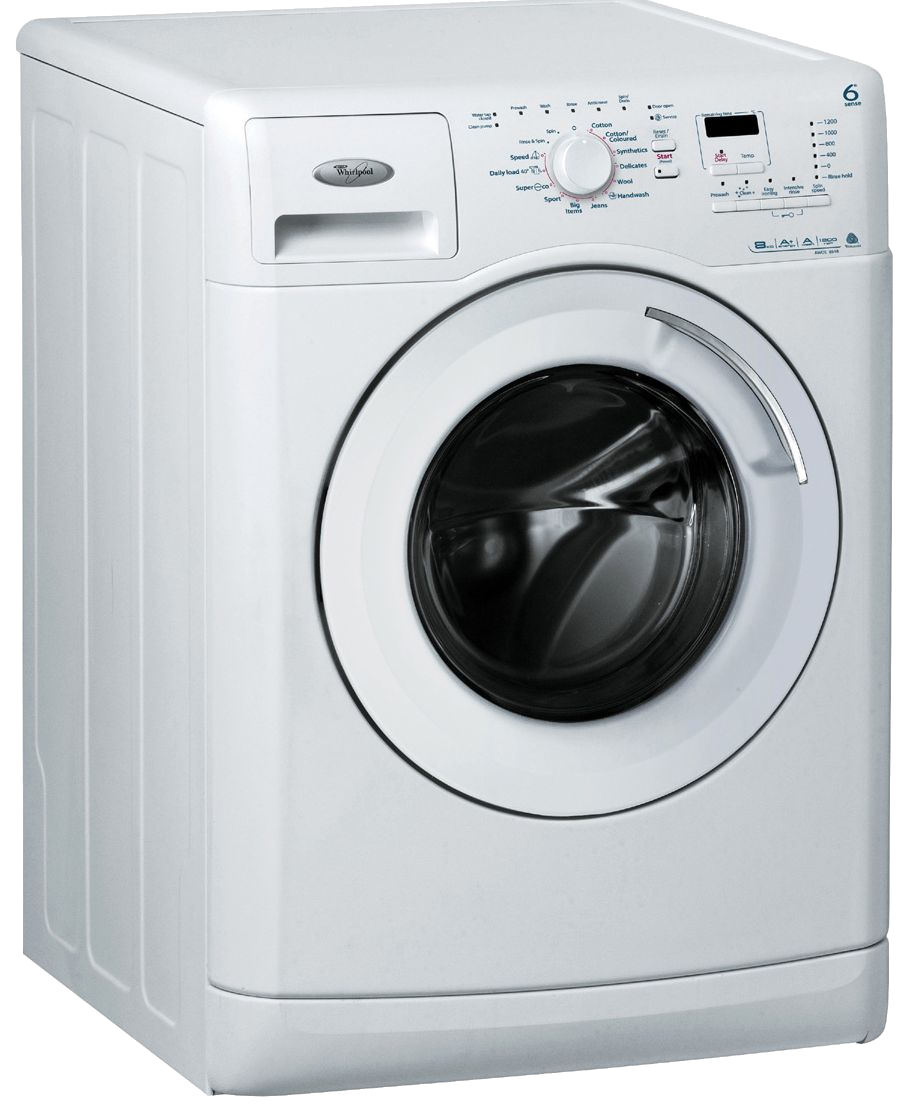
washing machine durban
When your washing machine fills up with water and then immediately stops, it can be an indication that something is wrong. There are a variety of potential causes for this issue, from clogged hoses to worn out parts. Learn the common signs of underlying issues and how to troubleshoot them!
repair all your washing machine problems with us
One common cause of a washing machine filling and then stopping is that the water level is set too low. If this is the case, then you will only notice the issue when attempting to fill up with a heavier load. Adjusting your machine’s settings so that it fills up with more water can help resolve this issue.
A clogged drain hose or pump can also cause your washing machine to fill up with water and then stop. If the clog is located inside the hose itself, you may need to replace it. However, if it’s caused by something caught in the pump, it may be possible to reach into the machine and remove whatever is blocking the flow of water.
Faulty control modules or settings on your washing machine can also lead to water filling up and then stopping. If the control module is malfunctioning, it may not be properly sending signals to the other components of your washer, leading to sporadic start/stop cycles with water filling up in between. To troubleshoot this issue, you’ll want to check that all settings are correct, as a reset may clear out the problem.
If the lid switch appears to be working as intended, then it’s likely that your washing machine’s drive belt or motor is broken. The drive belt runs the entire washer, so if this component fails, it can cause a big problem. Common symptoms include loud noises coming from the machine and water filling up until it stops completely. To diagnose this issue, you’ll need to take apart your washer and inspect the belt and motor for any visible signs of damage. We will repair all your washing machine problems.
